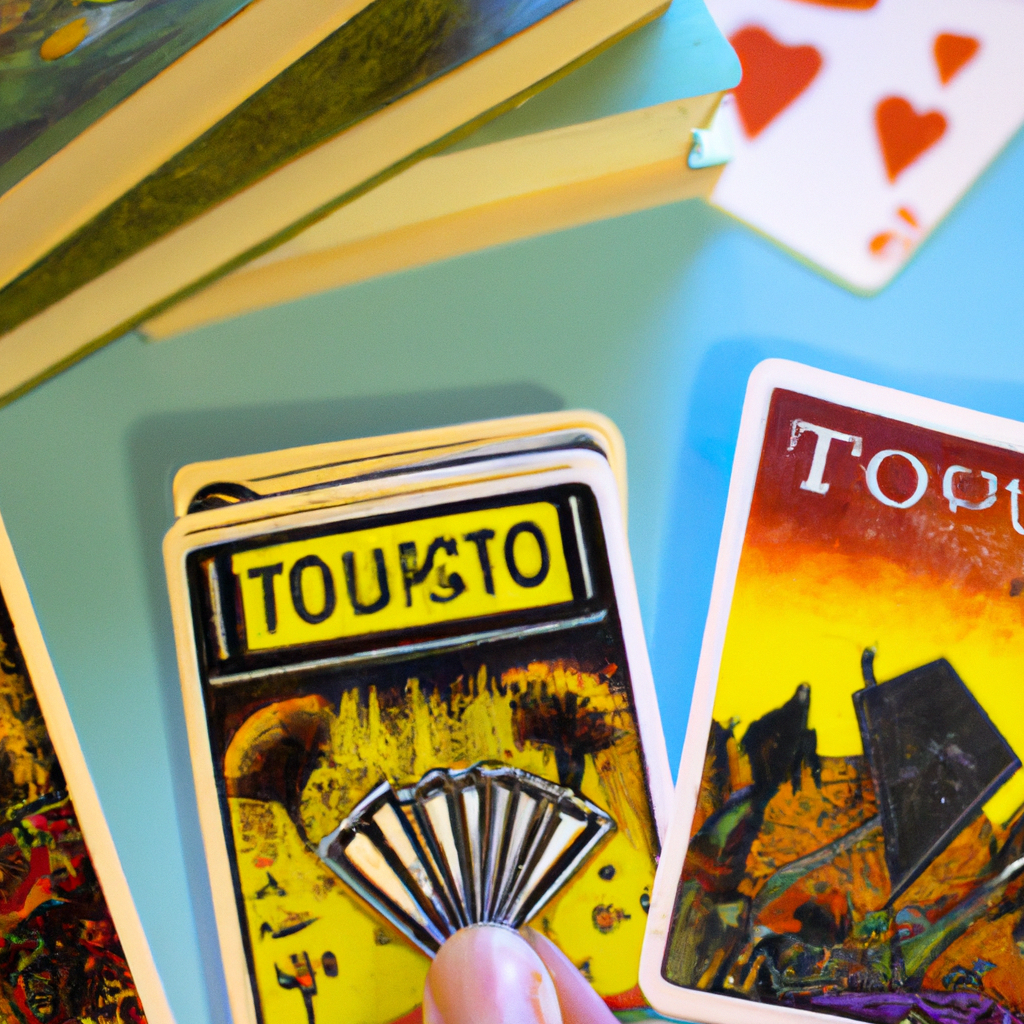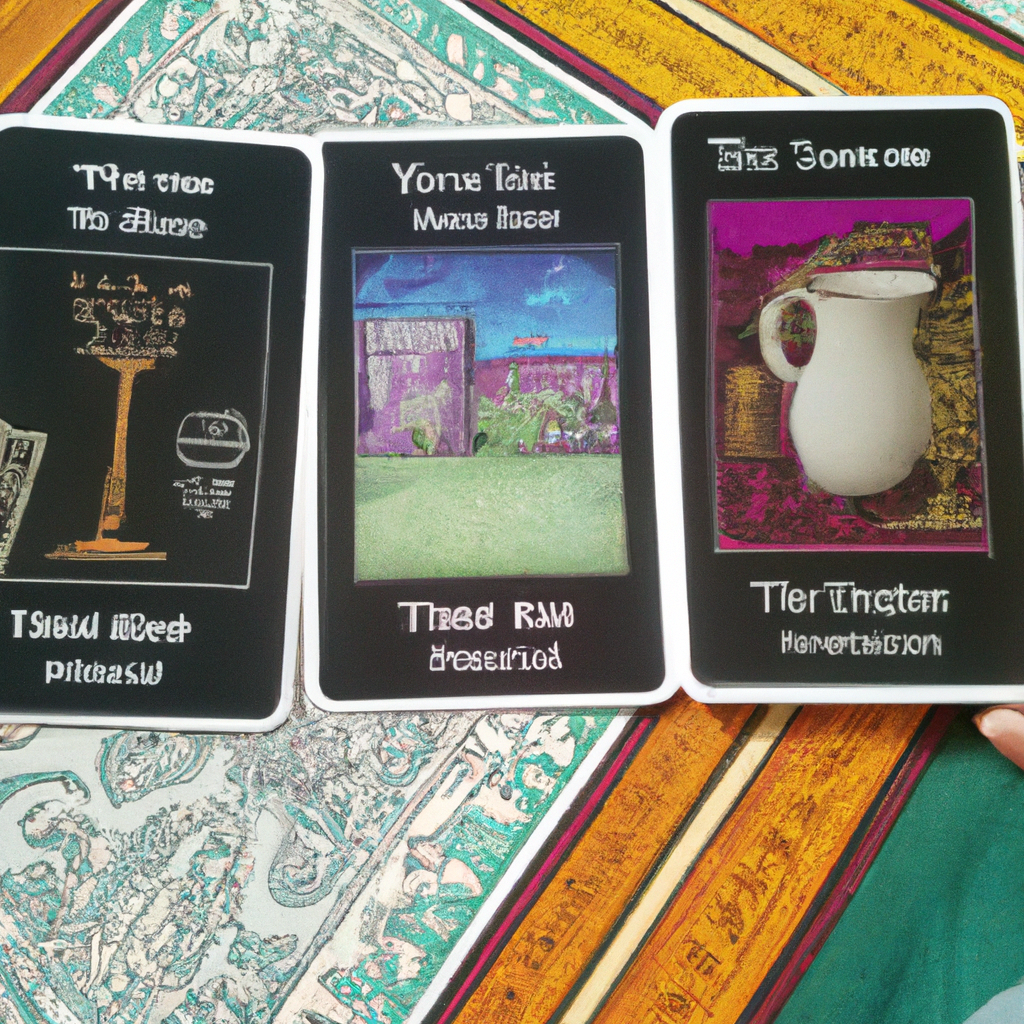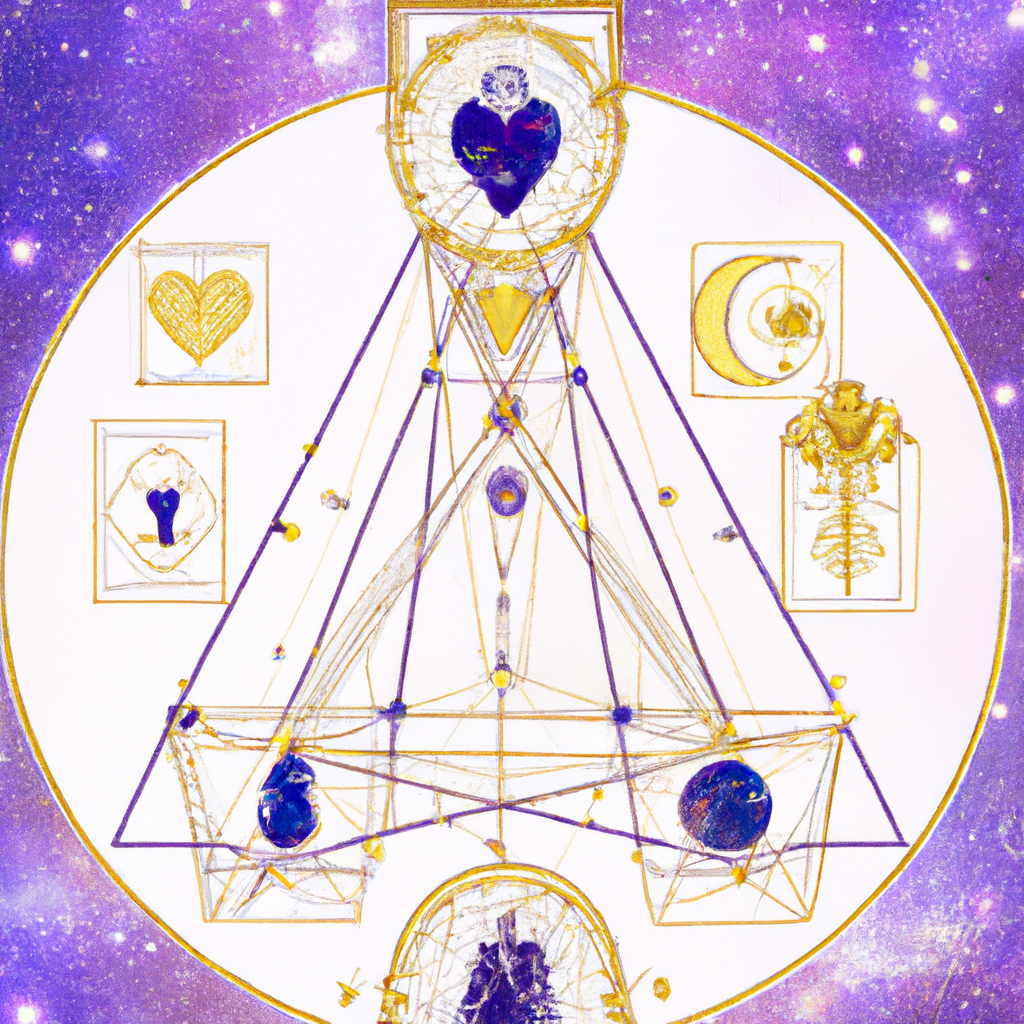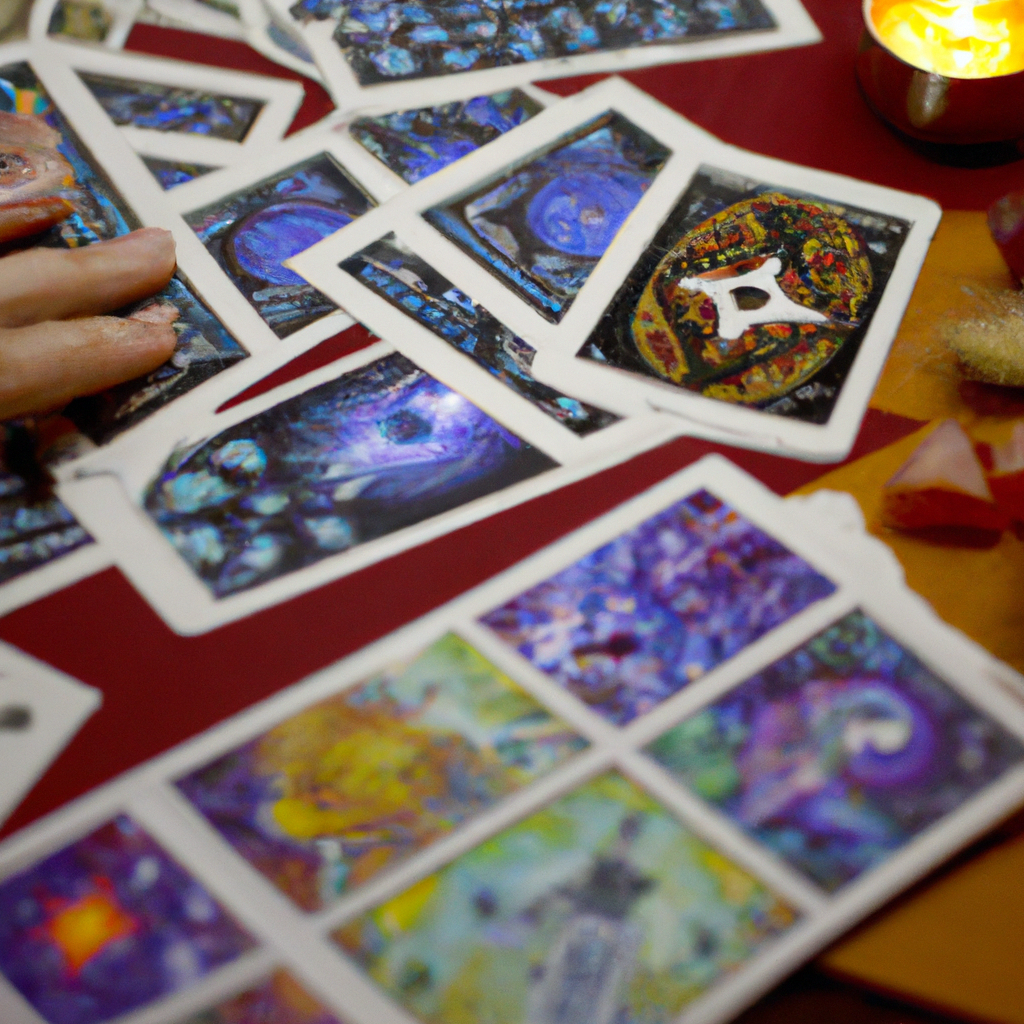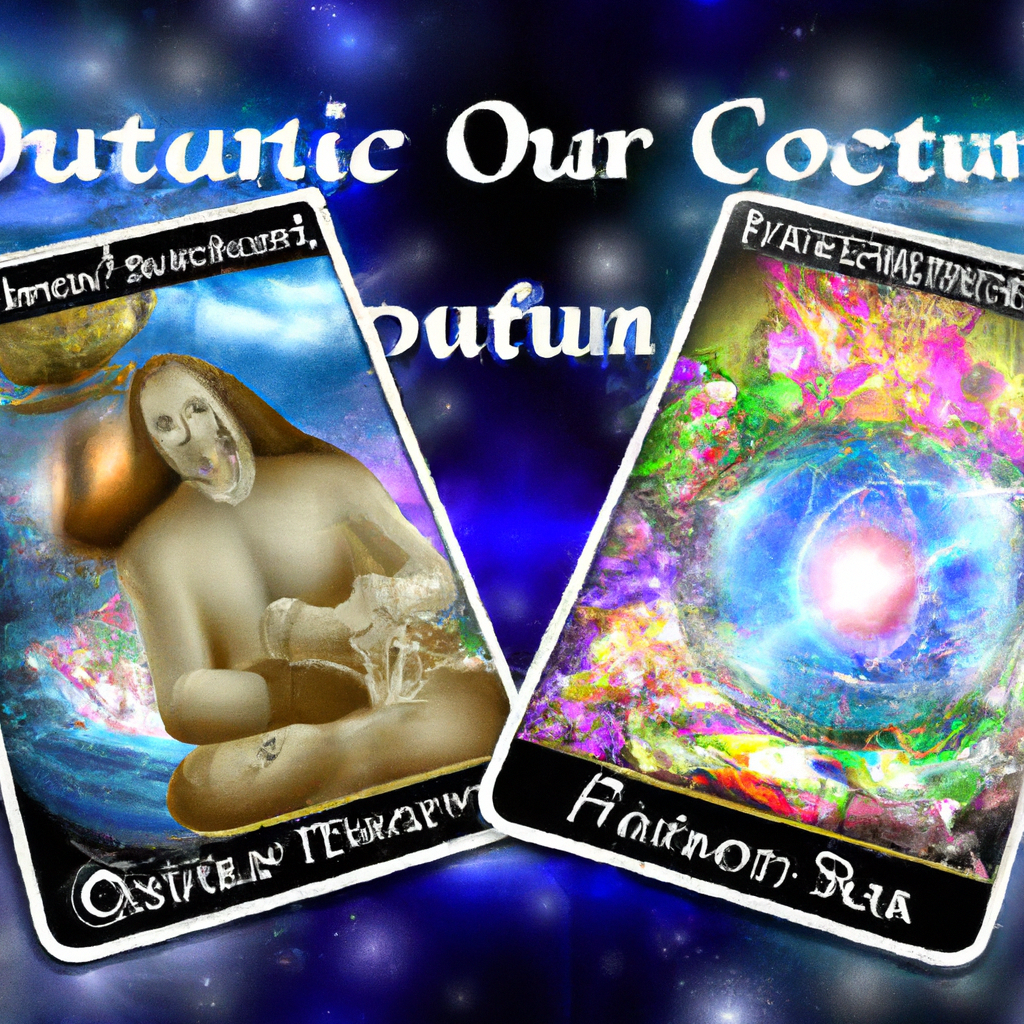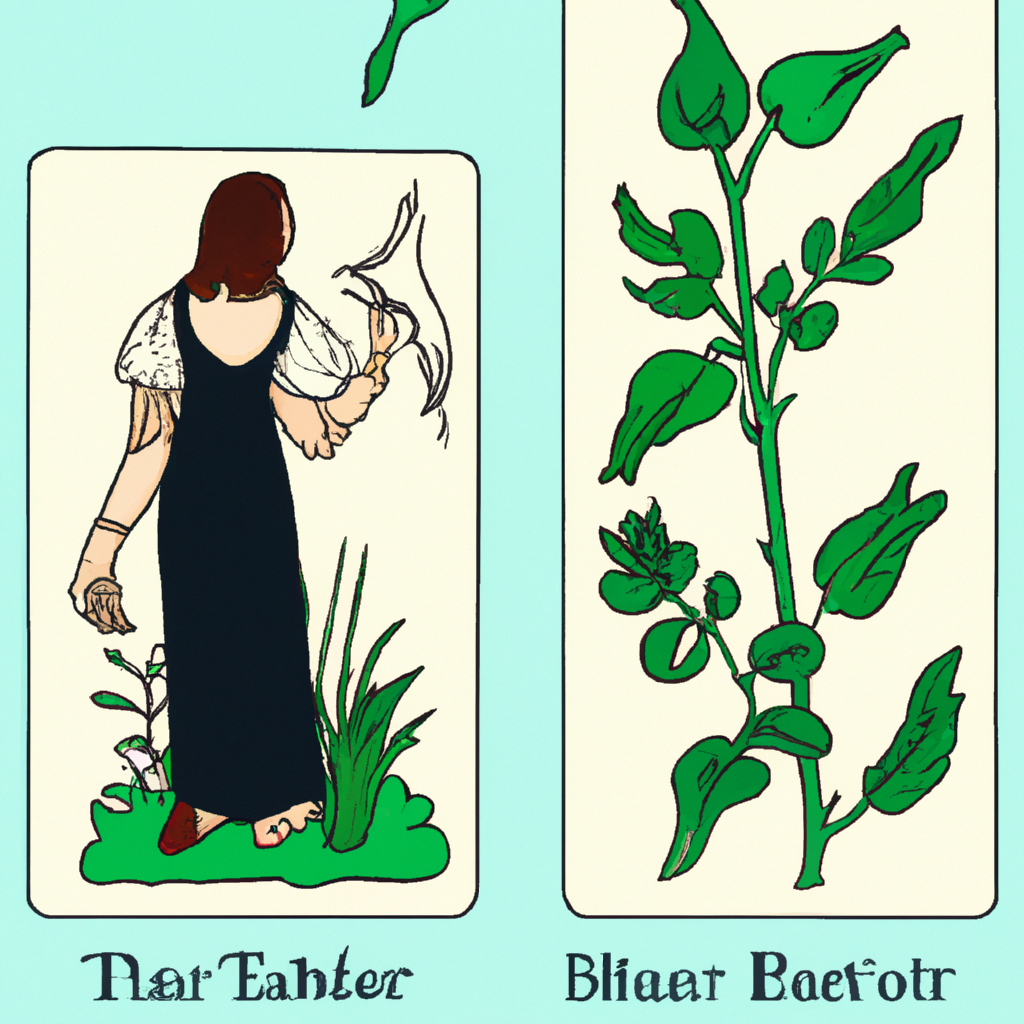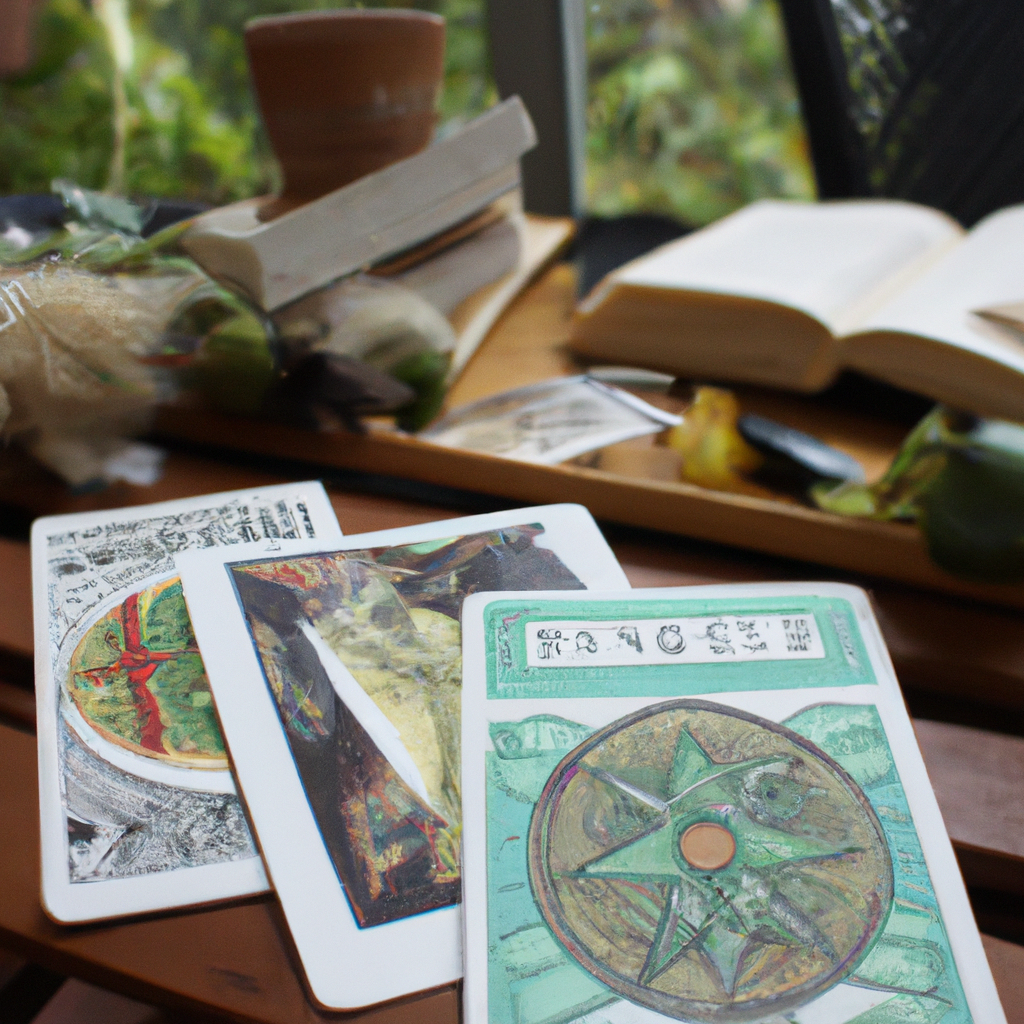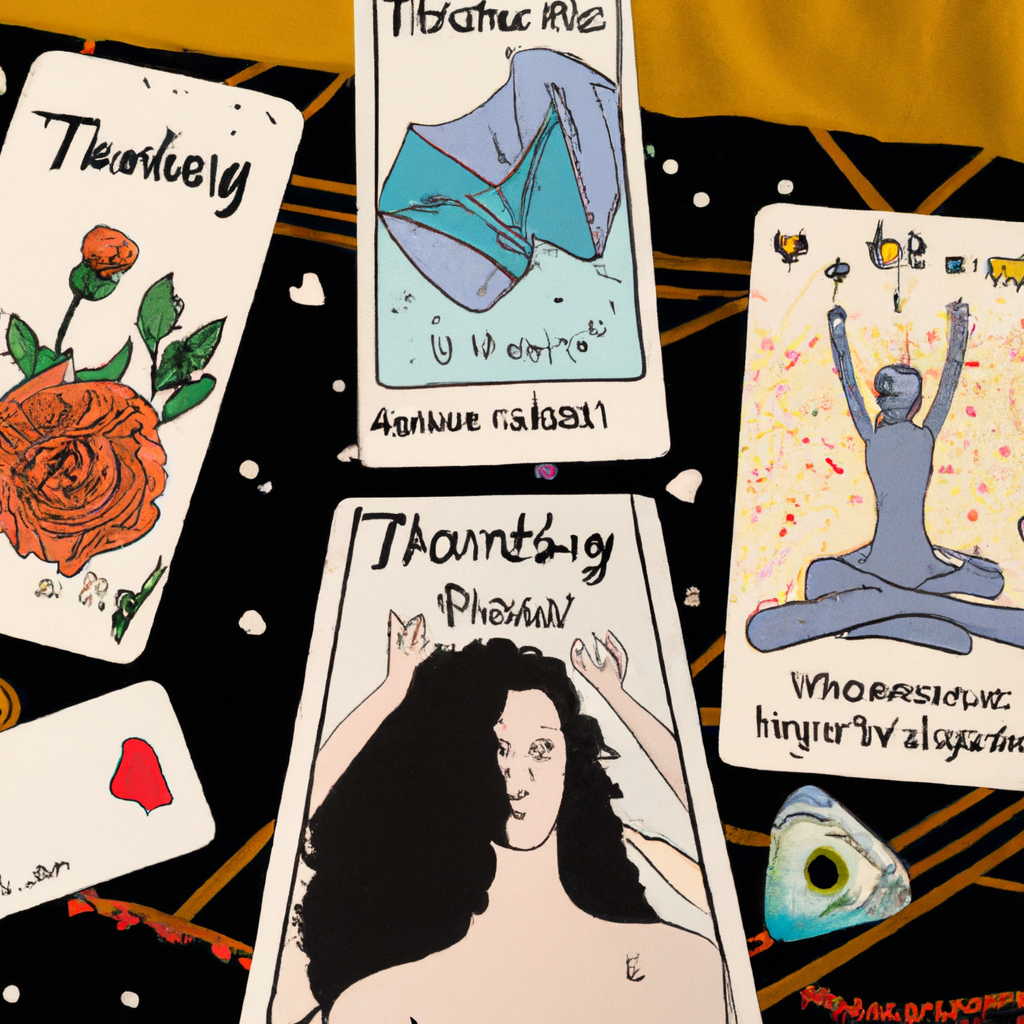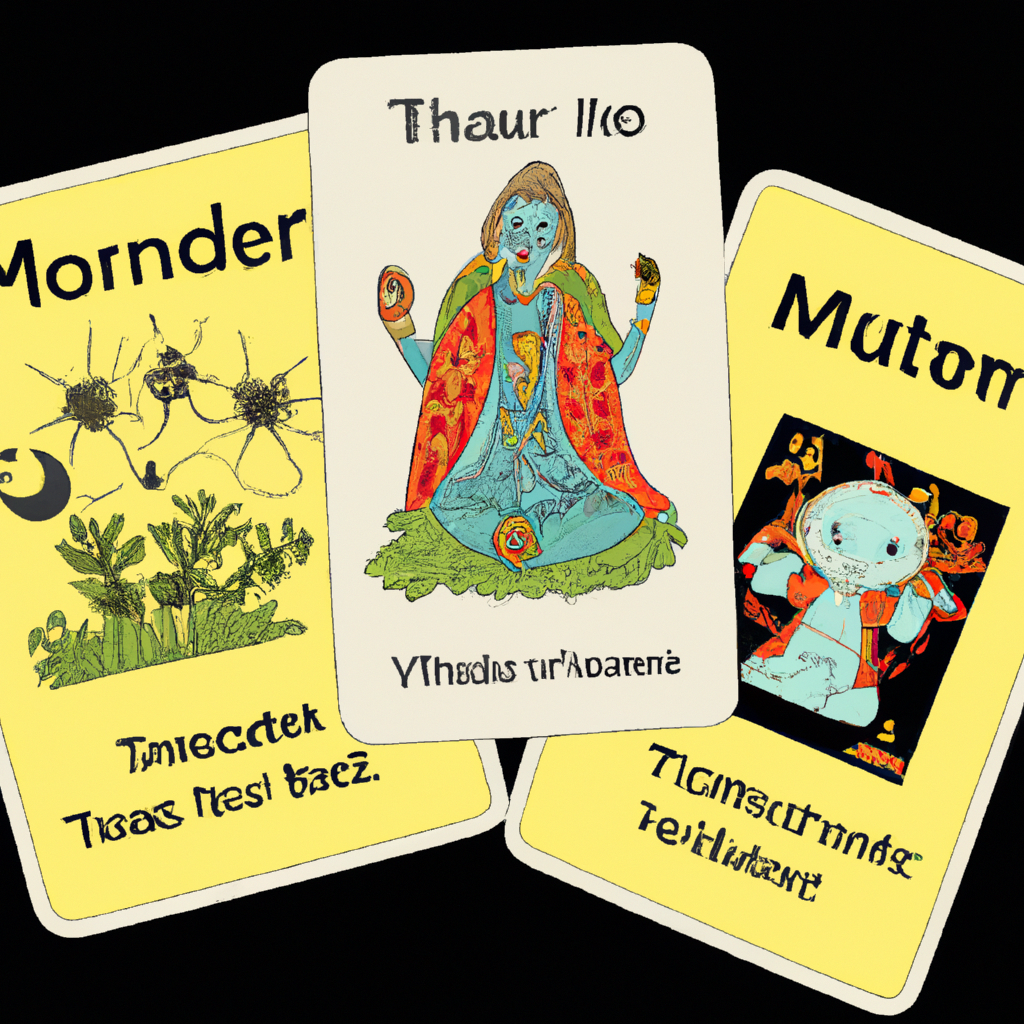Shopping Cart.
No products in the cart.
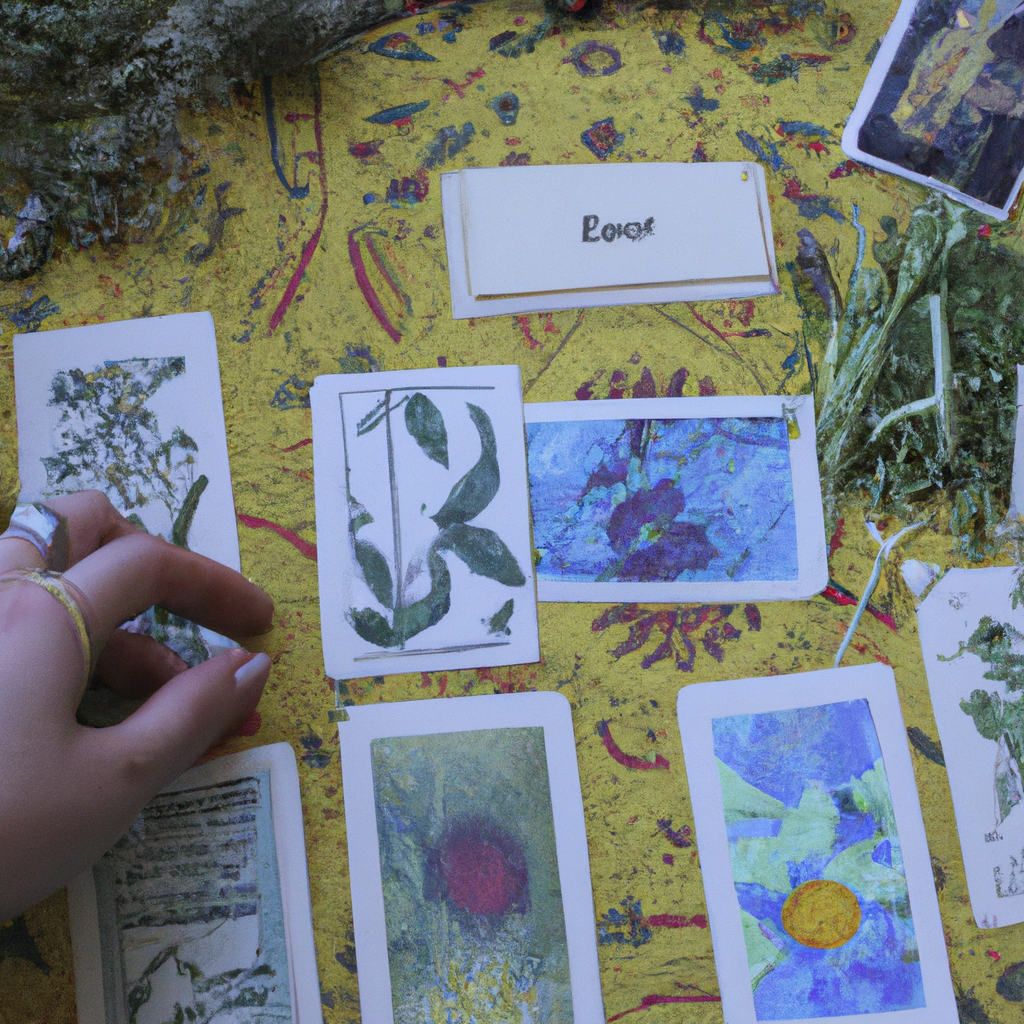
Tarot and herbalism may seem like two distinct practices, but they share a common thread: both tap into the natural energies of the universe to provide insight and guidance. By incorporating plant energies into your tarot readings, you can create a more holistic and grounded experience that resonates deeply with your intuitive senses.
Imagine this: you’re preparing for a tarot reading. You’ve cleansed your space, shuffled your deck, and you’re ready to draw your cards. But before you do, you reach for a small sachet of lavender. As you inhale its calming scent, you feel your mind quiet and your focus sharpen. This is the power of plant energies at work.
Plants, like tarot cards, carry specific energies and meanings. Lavender, for instance, is associated with tranquility, purification, and spiritual growth. By incorporating it into your tarot practice, you’re not only enhancing the sensory experience but also inviting these energies into your reading. It’s a simple yet powerful way to deepen your connection with the cards and the messages they hold.
But how exactly do you incorporate plant energies into your tarot readings? One way is through the use of essential oils or dried herbs. You can anoint your cards with a few drops of oil or keep a sachet of herbs nearby during your reading. You can also burn herbs or incense, creating a fragrant smoke that cleanses your space and sets the mood for your reading.
Another way is through the practice of herbal tea drinking. Each type of tea carries its own unique energy, and sipping it before or during your reading can help align your energy with that of the cards. For example, chamomile tea is known for its calming and soothing properties, making it a great choice for readings focused on healing or emotional clarity.
But perhaps the most direct way to incorporate plant energies into your tarot practice is by using a plant-based tarot deck. These decks replace traditional imagery with illustrations of plants and their corresponding meanings. For instance, the Ace of Wands might be represented by a sprouting seed, symbolizing new beginnings and potential. By working with a plant-based deck, you’re constantly engaging with plant energies, allowing them to guide and inform your readings.
Of course, the key to successfully incorporating plant energies into your tarot practice is understanding the specific energies and meanings associated with different plants. Just as you would study the meanings of the tarot cards, take the time to learn about the properties of various herbs, flowers, and trees. This knowledge will allow you to choose the right plants for your readings and use them in a way that enhances your practice.
Incorporating plant energies into your tarot readings is a beautiful way to connect more deeply with the natural world and the intuitive wisdom it holds. It adds a sensory dimension to your readings, making them more immersive and grounding. So next time you prepare for a tarot reading, consider reaching for that sachet of lavender or brewing a cup of chamomile tea. You might be surprised by the depth and richness it adds to your practice.
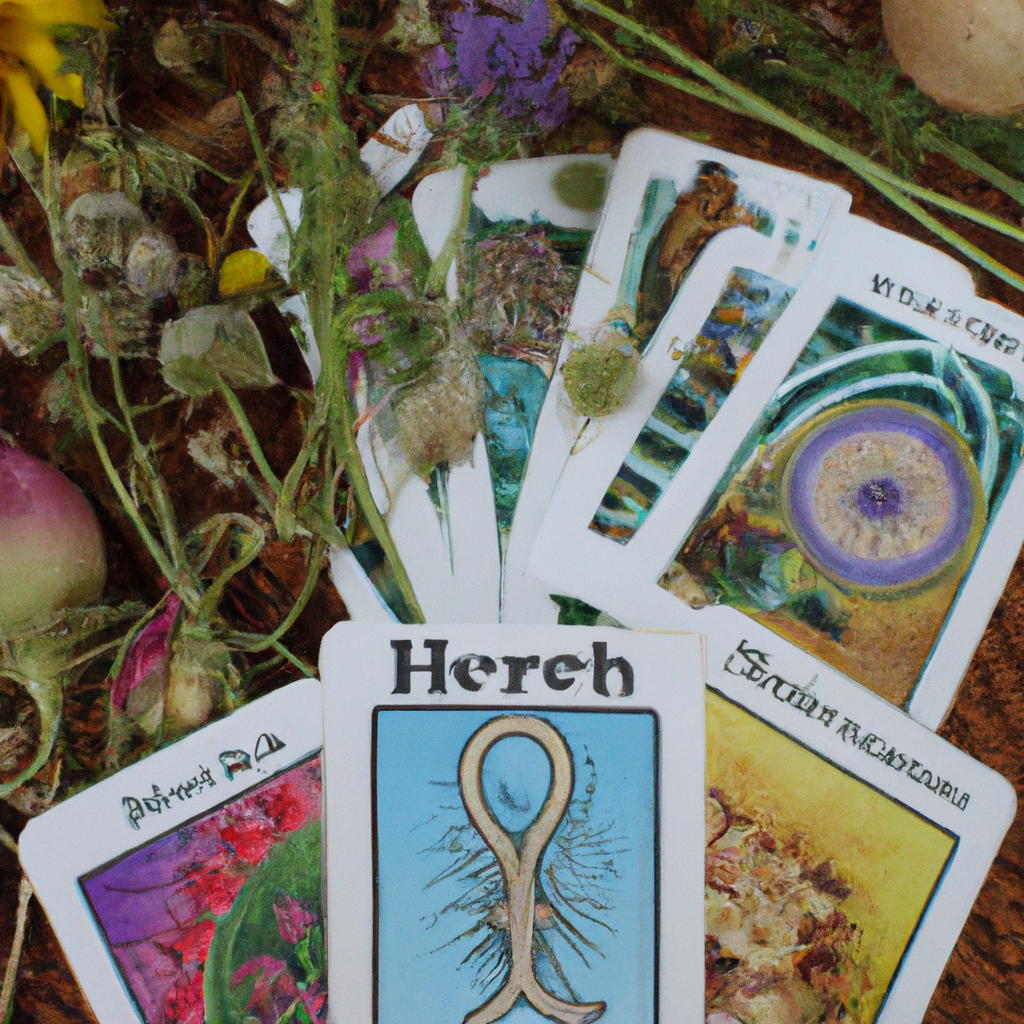
Tarot and herbalism may seem like two distinct practices, but they share a common thread: both tap into the natural energies of the universe to guide, heal, and enlighten. The intersection of these two practices offers a unique way to incorporate plant energies into your spiritual journey.
Imagine this: you’re sitting in a quiet room, a deck of tarot cards spread out before you. The scent of lavender wafts through the air, calming your mind and opening your senses. As you draw a card, you feel a connection, not just to the symbols and meanings on the card, but to the very essence of the plant that fills the room. This is the power of combining tarot and herbalism.
The practice of tarot reading dates back to the 15th century, and it’s believed to tap into the universal consciousness, providing insight and guidance. Herbalism, on the other hand, is even older. For thousands of years, people have used plants for their medicinal and spiritual properties. When combined, these two practices can create a powerful tool for personal growth and healing.
So, how exactly do you incorporate plant energies into tarot readings? It’s simpler than you might think. Each plant has its own unique energy, just like each tarot card has its own meaning. By pairing specific plants with specific cards, you can enhance the energy of your readings.
For example, consider the Empress card, a symbol of fertility, femininity, and abundance. Pairing this card with a plant like rose, known for its associations with love and passion, can amplify these themes in your reading. Or take the Death card, often misunderstood as a symbol of literal death, but more accurately representing transformation and change. Pairing this card with a plant like sage, known for its cleansing and purifying properties, can help you better understand and navigate these changes.
Of course, the key to successfully incorporating plant energies into your tarot readings is understanding both the meanings of the cards and the properties of the plants. This requires study and practice, but the rewards are well worth the effort. As you deepen your knowledge, you’ll find that the plants and cards begin to speak to you in new ways, revealing insights that were previously hidden.
But the benefits of combining tarot and herbalism extend beyond the readings themselves. The act of preparing the plants, whether it’s burning sage, brewing a cup of herbal tea, or simply placing a sprig of lavender on your reading table, can be a meditative practice in itself. It’s a way to ground yourself in the present moment, to connect with the natural world, and to open yourself up to the energies around you.
In the end, the intersection of tarot and herbalism is about more than just divination or healing. It’s about cultivating a deeper connection with the universe, with the natural world, and with yourself. It’s about finding balance, understanding, and peace. And isn’t that what we’re all searching for?
So, the next time you sit down with your tarot deck, consider inviting some plant friends to join you. You might be surprised by the depth and richness they bring to your readings.
Tarot and herbalism may seem like two distinct practices, but they share a common thread: both tap into the natural energies of the world around us. As a tarot reader and herbalist, I’ve found that combining these two practices can create a powerful synergy, allowing us to connect more deeply with ourselves and the world around us.
Imagine, if you will, sitting down for a tarot reading. The cards are laid out before you, each one a window into your past, present, and future. As the reader interprets the cards, you feel a sense of clarity washing over you. Now, imagine adding another layer to this experience. As you turn over each card, you’re handed a corresponding herb. The scent fills your nostrils, grounding you in the moment and deepening your connection to the reading. This is the magic of combining tarot and herbalism.
The key to this synergy lies in the concept of plant energies. Just as each tarot card has its own meaning and symbolism, each plant carries its own unique energy. For example, lavender is often associated with relaxation and peace, while rosemary is linked to remembrance and protection. By incorporating these plant energies into a tarot reading, we can enhance the messages of the cards and create a more immersive, sensory experience.
Let’s take the Empress card as an example. This card is often associated with fertility, abundance, and the nurturing aspect of the divine feminine. If we were to pair this card with an herb, we might choose chamomile. Known for its calming properties, chamomile can help us tap into the nurturing energy of the Empress, encouraging us to care for ourselves and others.
Of course, the pairing of tarot cards and herbs isn’t an exact science. It’s more of an intuitive process, guided by personal associations and experiences. For instance, if you have a personal connection to a certain plant, you might choose to pair it with a card that resonates with you. The goal is to create a personal, meaningful experience that enhances your understanding of the cards and deepens your connection to the natural world.
Incorporating plant energies into tarot readings isn’t just about enhancing the sensory experience, though. It’s also about tapping into the healing power of plants. Just as tarot can provide insight and guidance, herbalism can offer physical and emotional healing. By combining these two practices, we can create a holistic approach to wellness that addresses both our inner and outer selves.
So, how can you start incorporating plant energies into your tarot practice? Start by learning about different herbs and their properties. Then, as you conduct your readings, consider which herbs might complement the messages of the cards. You might choose to burn the herbs as incense, brew them into a tea, or simply hold them in your hand as you read.
In the end, the synergy of tarot and herbalism is about more than just adding another layer to your readings. It’s about deepening your connection to the natural world and tapping into the powerful energies that surround us. By incorporating plant energies into your practice, you can create a more immersive, holistic experience that brings the magic of tarot to life.
In conclusion, the incorporation of plant energies in Tarot and Herbalism is a holistic approach that intertwines the spiritual and physical realms. It enhances the understanding and interpretation of Tarot readings, while also promoting natural healing and wellness through herbalism. This combination provides a unique perspective on personal growth, self-discovery, and overall well-being.
